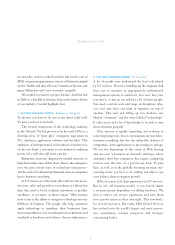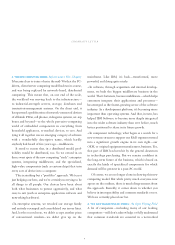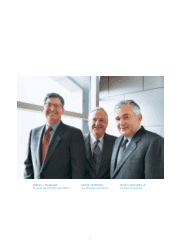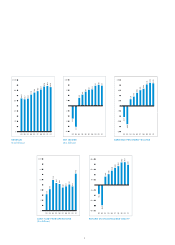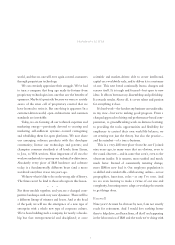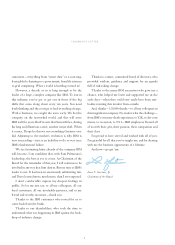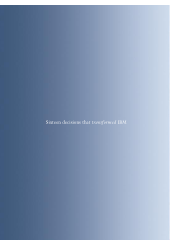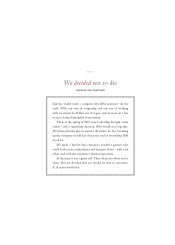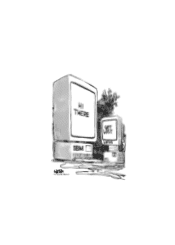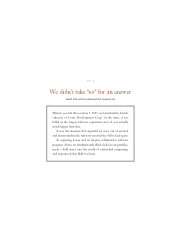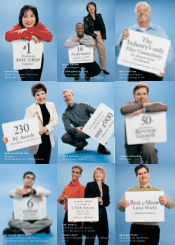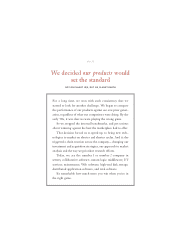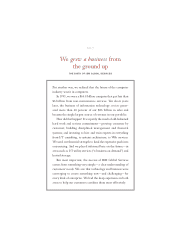IBM 2001 Annual Report Download - page 15
Download and view the complete annual report
Please find page 15 of the 2001 IBM annual report below. You can navigate through the pages in the report by either clicking on the pages listed below, or by using the keyword search tool below to find specific information within the annual report.
no. 2
We reaffirmed our technical heritage
REVITALIZING IBM RESEARCH AND DEVELOPMENT
For us, IBM’s heritage isn’t captured in the volume of patents
we earn, as impressive as that is. (In 2001, we became the first
company to receive more than 3,000 U.S. patent awards in
one year. It was also the ninth straight year we were awarded
more patents than any enterprise in any industry.)
Nor is it mostly a function of the discoveries in new
fields that are pouring out of our labs, as exciting as those are.
(On the horizon, we look to the promise of our pioneering
work in areas such as autonomic systems, nanotechnologies
and quantum computing.)
For IBM, the true heart of our technical and scientific
heritage is in doing research and development that matter.
IBM’s heritage is technology that changes how business is
done, how states can govern, how students can learn. IBM’s
R&D finds its ultimate scorecard not in scientific journals,
but in the impact it has on the fundamental problems and
opportunities that exist in the world.
Maybe that’s why one Sunday evening in 1997 was such a
signal moment. A supercomputer named Deep Blue defeated
the reigning chess grandmaster
—
and announced that IBM
was, once again, the place where grand challenges are taken
on, and where paradigms get shifted.
In 2001
our strained silicon technology stretches silicon to speed
the flow of electrons through a chip—potentially
boosting chip performance or cutting power consumption by 35 percent
our carbon nanotube technology uses tiny cylinders
of carbon atoms—as small as 10 atoms across—to build transistors,
which could lead to smaller, faster,lower-power computer chips
our researchers execute the most complicated computation
ever performed on a quantum computer,
a type of experimental system that harnesses certain properties in billions
of atoms to perform calculations exponentially faster
than conventional computers


